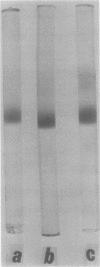Abstract
Polygalacturonase (EC 3.2.1.15) activity in seed cavity tissue from harvested cucumber fruit increased over 20-fold after the fruit had produced a transient burst of ethylene during maturation. This increase was observed in six cucumber cultivars and was present whether polygalacturonase activity was measured at pH 4.6 or 6.2. The seed cavity tissue pH decreased as polygalacturonase activity increased both in ripening fruit and in harvested immature fruit exposed to 10 microliters per liter ethylene in air.
Full text
PDF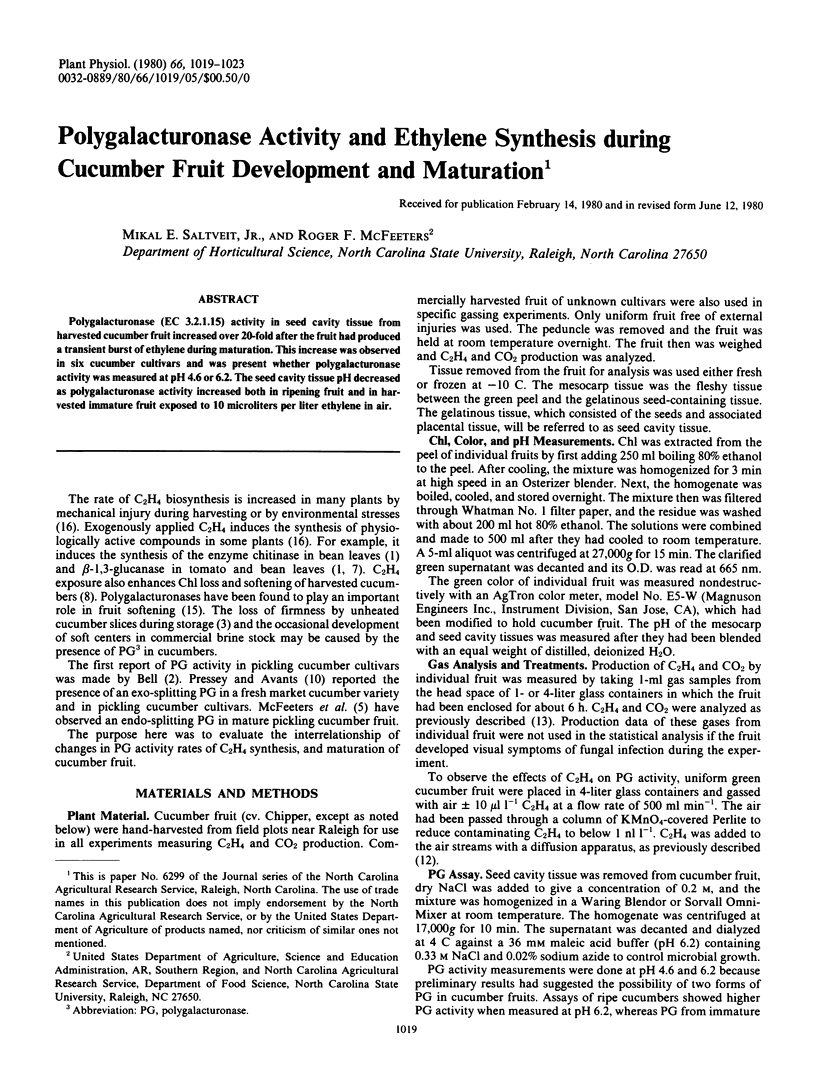
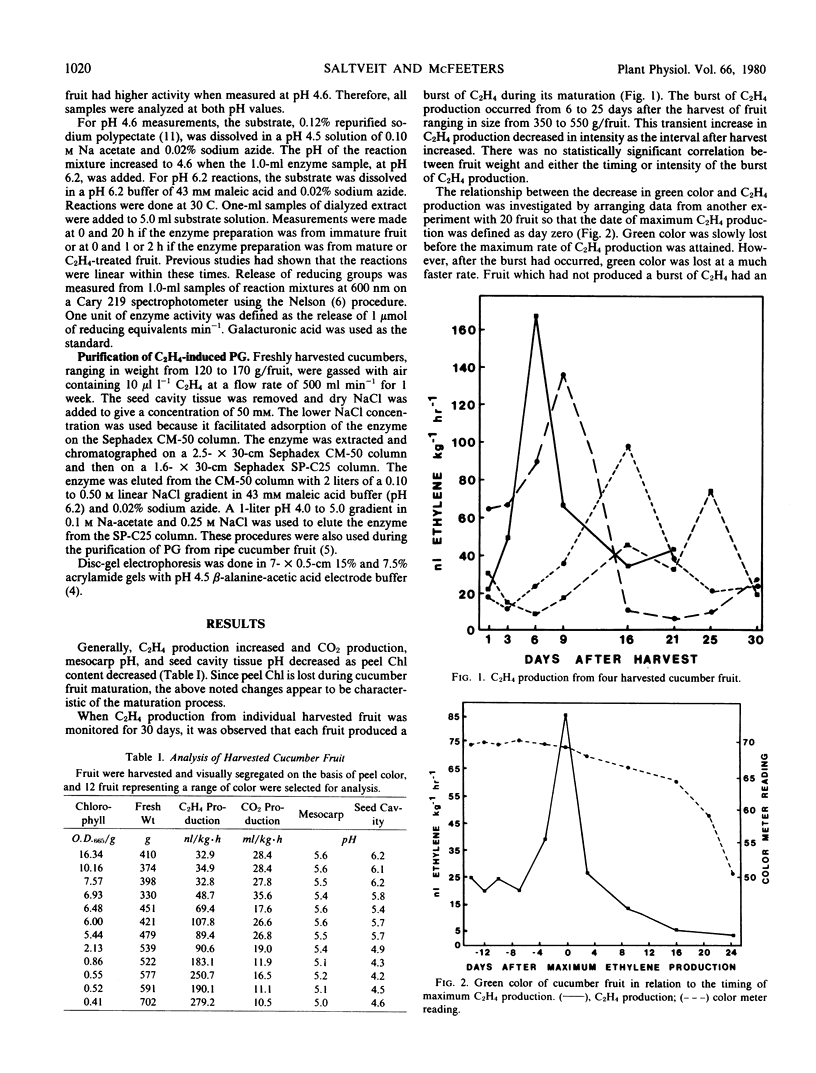
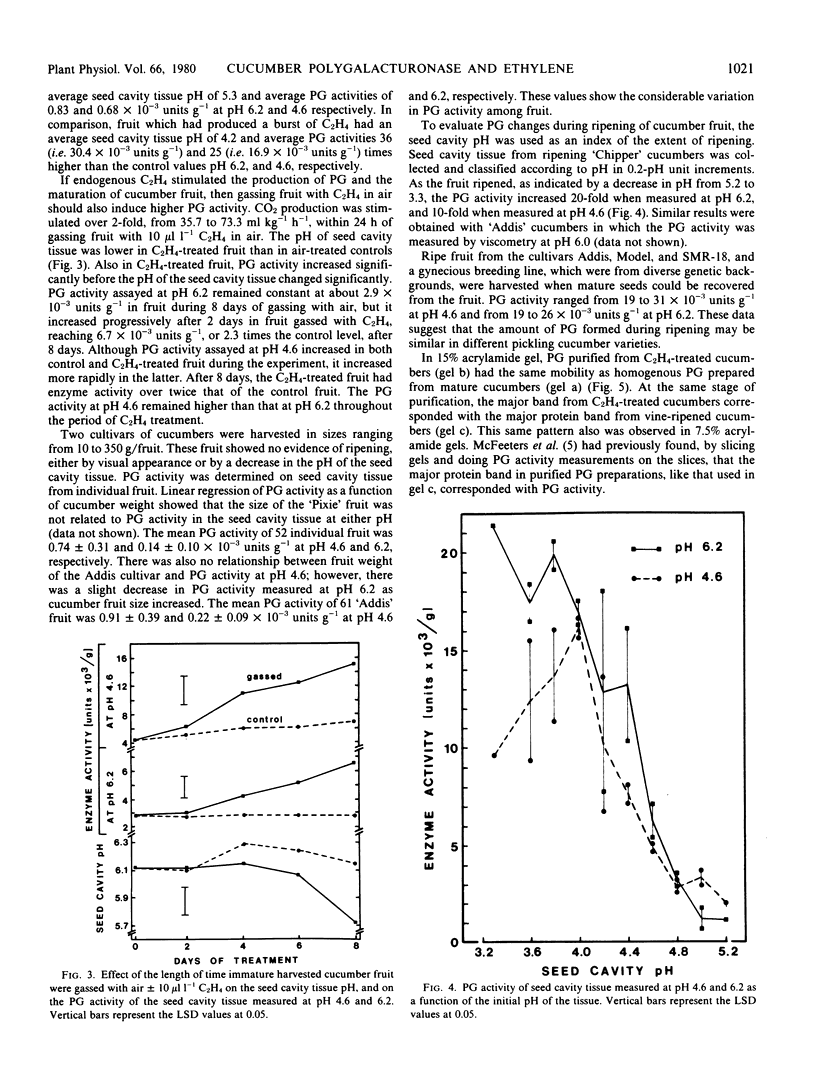
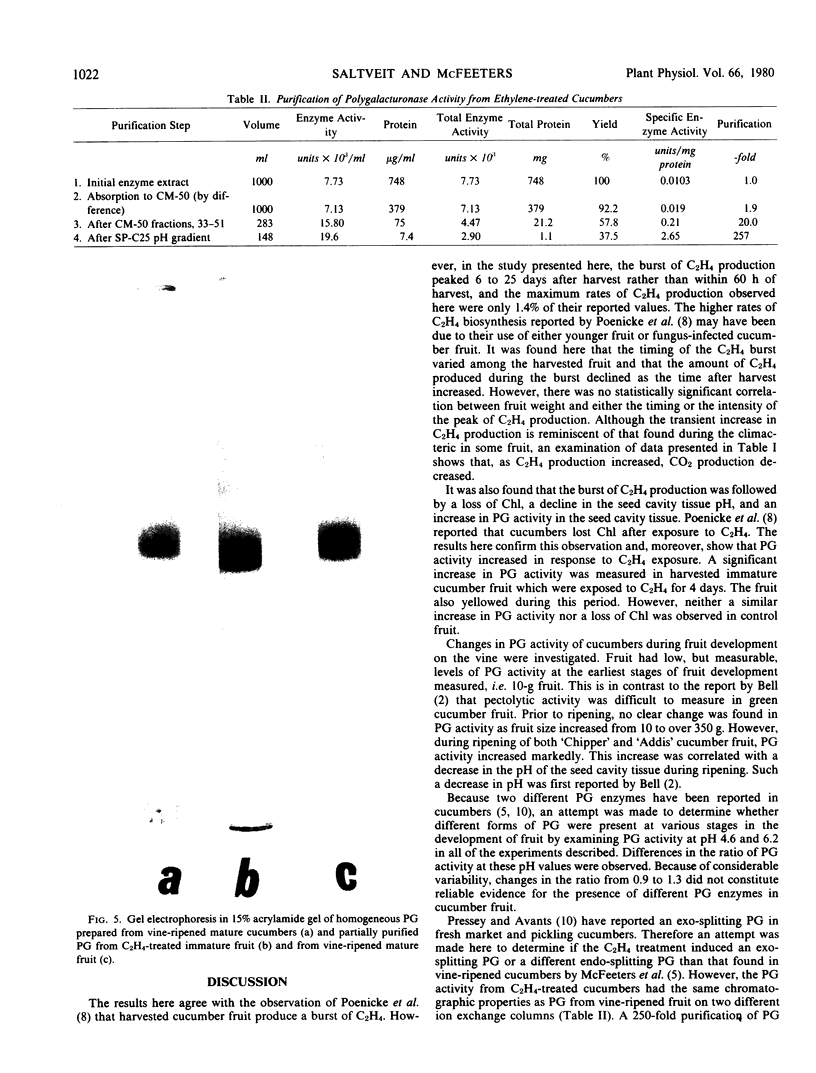
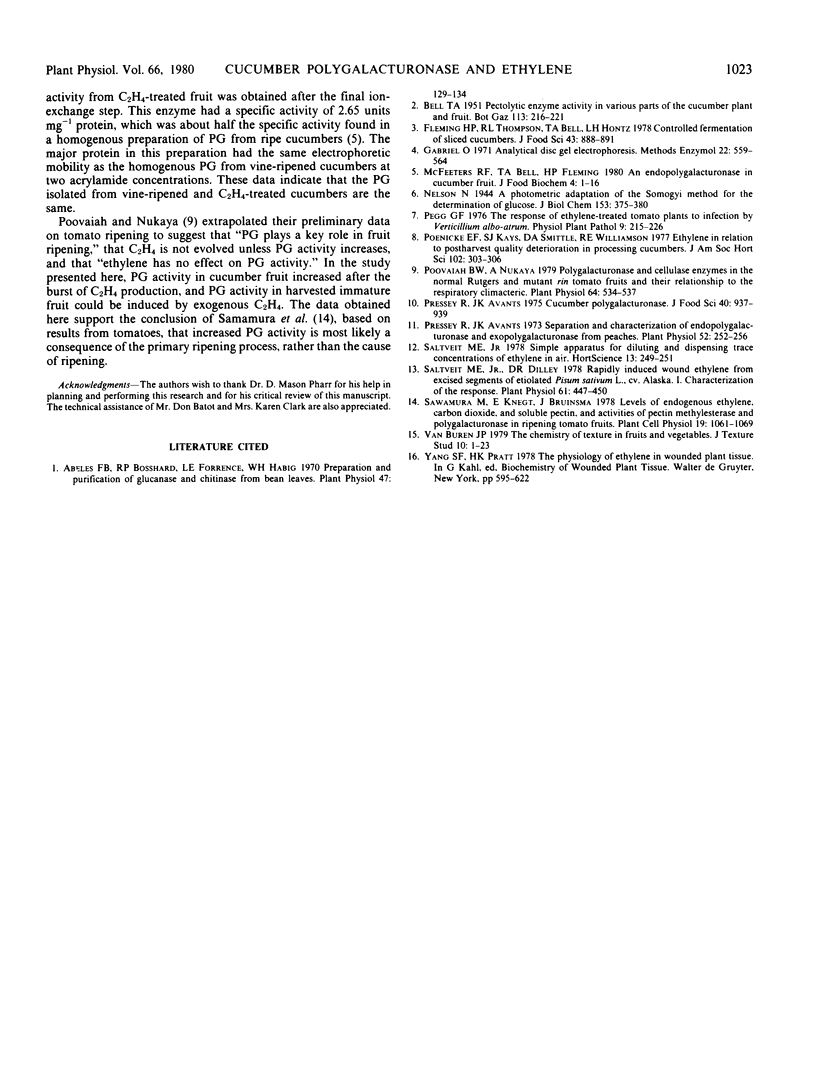
Images in this article
Selected References
These references are in PubMed. This may not be the complete list of references from this article.
- Poovaiah B. W., Nukaya A. Polygalacturonase and Cellulase Enzymes in the Normal Rutgers and Mutant rin Tomato Fruits and Their Relationship to the Respiratory Climacteric. Plant Physiol. 1979 Oct;64(4):534–537. doi: 10.1104/pp.64.4.534. [DOI] [PMC free article] [PubMed] [Google Scholar]
- Pressey R., Avants J. K. Separation and characterization of endopolygalacturonase and exopolygalacturonase from peaches. Plant Physiol. 1973 Sep;52(3):252–256. doi: 10.1104/pp.52.3.252. [DOI] [PMC free article] [PubMed] [Google Scholar]
- Saltveit M. E., Dilley D. R. Rapidly Induced Wound Ethylene from Excised Segments of Etiolated Pisum sativum L., cv. Alaska: I. Characterization of the Response. Plant Physiol. 1978 Mar;61(3):447–450. doi: 10.1104/pp.61.3.447. [DOI] [PMC free article] [PubMed] [Google Scholar]



